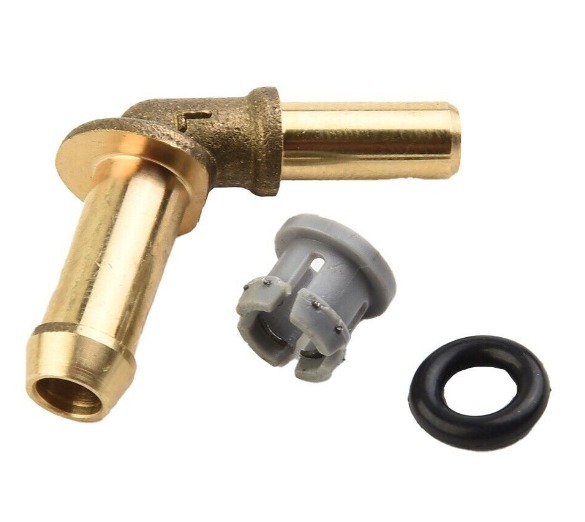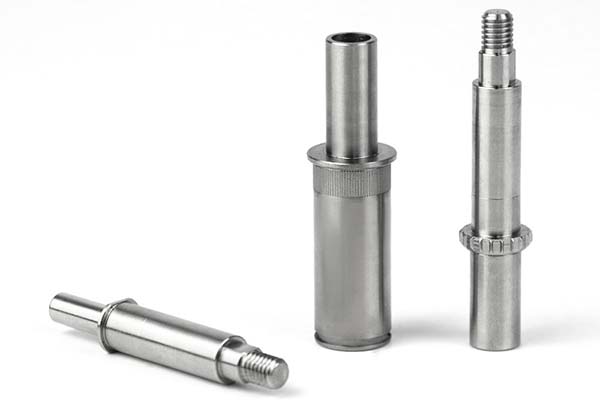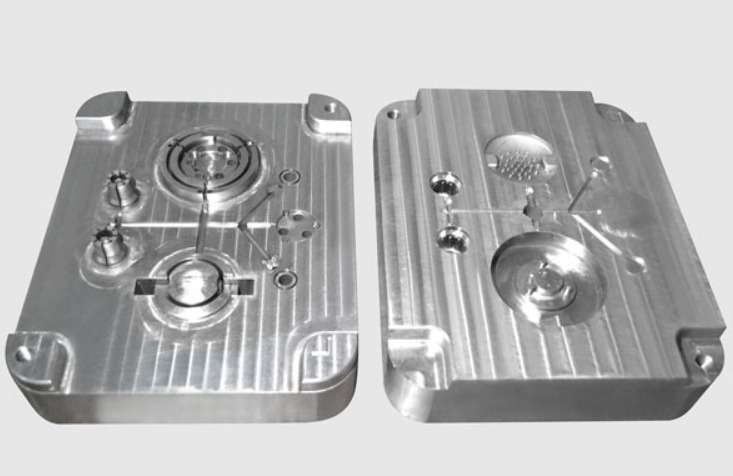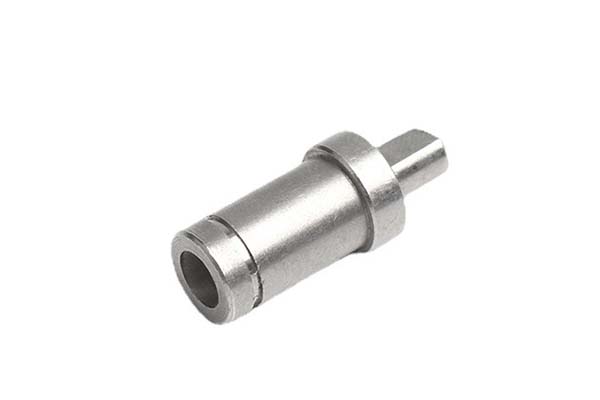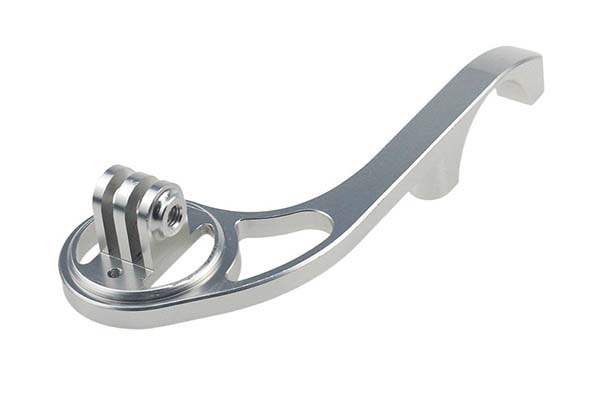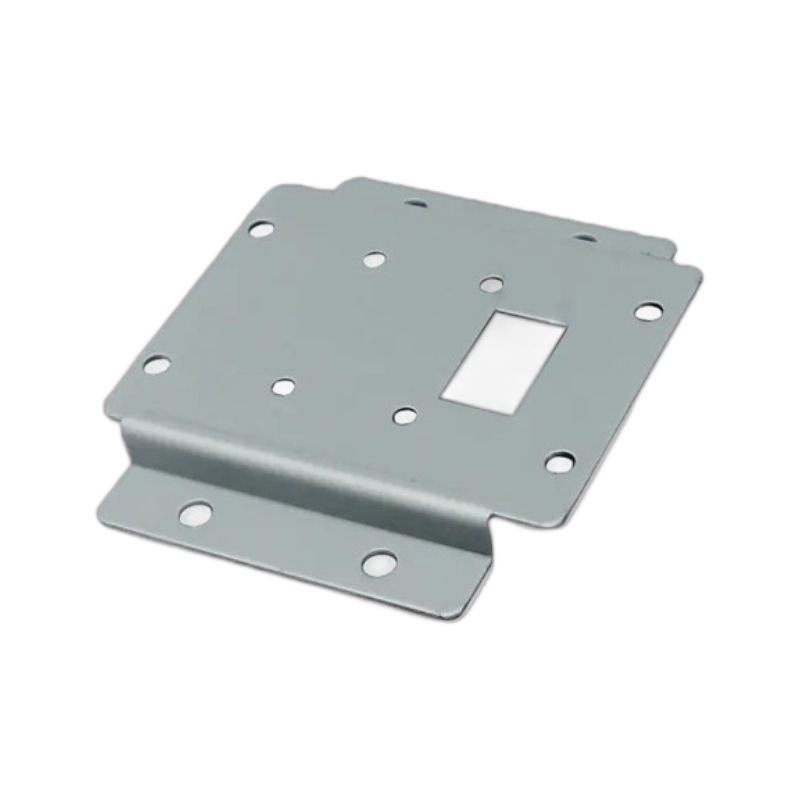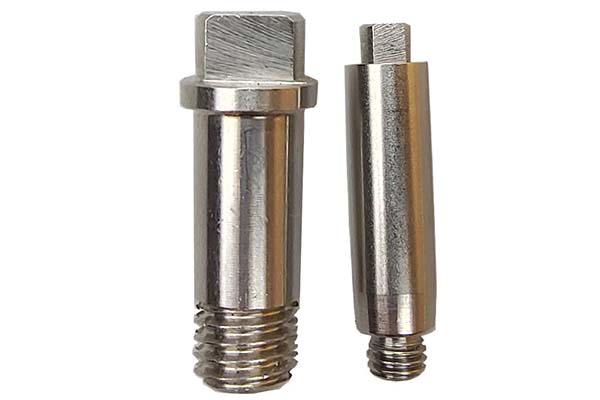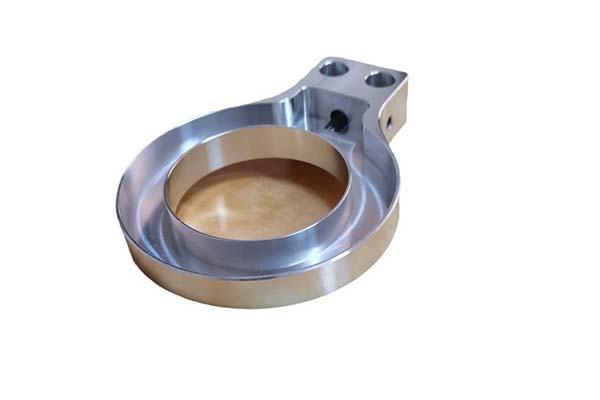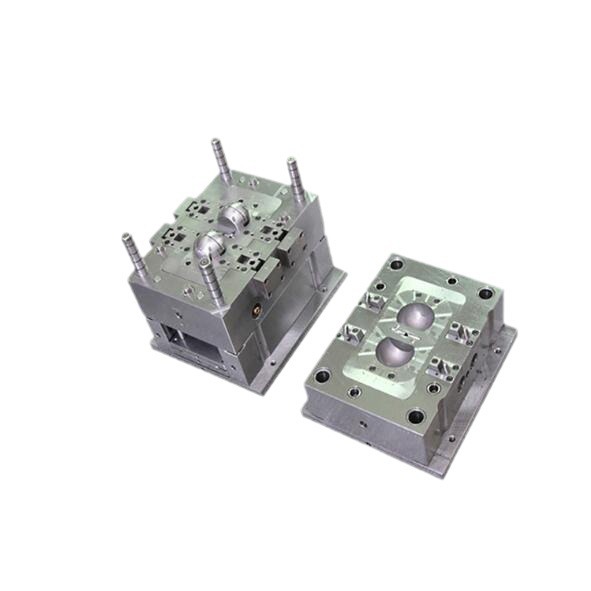What is Precision Components Tooling?
Precision components tooling refers to the specialized process of creating tools, dies, molds, and fixtures used in the production of highly accurate components. These components are integral to a wide range of industries, including aerospace, automotive, medical, and electronics. In essence, precision components tooling serves as the foundation for manufacturing products that demand tight tolerances, intricate geometries, and superior quality.
Think of precision components tooling as the architect's blueprint for manufacturing. Just as an architect carefully designs every detail of a building to ensure its structural integrity and functionality, precision components tooling determines the exact specifications and manufacturing processes required to produce high - quality components. Without precise tooling, it would be nearly impossible to achieve the level of accuracy and consistency necessary for modern - day manufacturing.
For example, in the aerospace industry, where even the slightest deviation can have catastrophic consequences, precision components tooling is used to produce parts such as turbine blades. These blades must be manufactured with extremely tight tolerances to ensure optimal performance and safety during flight. The tooling used to create these blades is designed to withstand high temperatures and pressures while maintaining the highest level of precision.
Key Elements of Precision Components Tooling
High - Precision Machinery
High - precision machinery lies at the heart of precision components tooling. Equipment such as five - axis machining centers has revolutionized the manufacturing process. These advanced machines can move a workpiece or cutting tool along five different axes simultaneously, allowing for the creation of complex geometries with extreme accuracy.
For example, a five - axis machining center can achieve positioning accuracies of up to ±0.0001 inches. This level of precision enables manufacturers to produce components with tight tolerances, such as those required in the medical device industry. In the production of surgical instruments, the high - precision machining capabilities of these centers ensure that the instruments fit perfectly in the hands of surgeons and perform their functions with utmost reliability.
Another example is the use of high - precision EDM (Electrical Discharge Machining) machines. EDM is a non - traditional machining process that uses electrical discharges to remove material from a workpiece. It is particularly useful for creating intricate shapes and fine details in hard materials. EDM machines can achieve surface finishes as low as 0.05 µm Ra, which is crucial for components where surface quality is a critical factor, like in optical components.
Advanced Tooling Materials
The choice of tooling materials is another critical element in precision components tooling. Materials like high - speed steel (HSS) and carbide are widely used due to their excellent properties. High - speed steel contains alloying elements such as tungsten, molybdenum, chromium, and vanadium, which give it high hardness, wear resistance, and heat resistance. HSS can maintain its cutting edge at high temperatures, making it suitable for high - speed machining operations.
Carbide, on the other hand, is an extremely hard material composed of tungsten carbide particles bonded together with a metal binder, usually cobalt. Carbide tools offer superior hardness, wear resistance, and heat resistance compared to high - speed steel. They can withstand higher cutting speeds and feed rates, resulting in increased productivity. For instance, carbide end mills are often used in the aerospace industry to machine titanium and nickel - based alloys, which are difficult - to - machine materials. The high wear resistance of carbide allows for longer tool life and better dimensional accuracy during the machining of these tough materials.
Skilled Workforce
Behind every successful precision components tooling operation is a skilled workforce. Precision tooling technicians need a deep understanding of mechanical engineering, materials science, and manufacturing processes. They must be proficient in operating and programming high - tech machinery, such as CNC (Computer Numerical Control) machines.
A study by the National Institute of Standards and Technology (NIST) found that in precision manufacturing, a 10% increase in worker skills can lead to a 20% improvement in product quality. Skilled technicians can optimize machining parameters, select the right tools and materials, and troubleshoot any issues that arise during the manufacturing process. They are also responsible for maintaining the high - precision machinery, ensuring that it continues to operate within tight tolerances. For example, a skilled CNC programmer can write complex code to produce a component with multiple curved surfaces and tight tolerances, while a trained machinist can set up the machine and execute the program to achieve the desired results.
Applications Across Industries
Precision components tooling is a cornerstone in multiple industries, each with its own set of demanding requirements. Here's a look at how it is applied in some key sectors.
Automotive Industry
In the automotive industry, precision components tooling is used to create engine components like cylinder heads, pistons, and crankshafts. For example, the cylinder head, a crucial part of the engine, houses the valves, spark plugs, and coolant passages. The tooling used to manufacture cylinder heads must be extremely precise to ensure proper fit - ment and functionality. A misaligned hole or an uneven surface on the cylinder head can lead to engine leaks, reduced performance, and even engine failure.
Modern engines are designed to be more fuel - efficient and powerful. Precision components tooling enables the production of pistons with tighter tolerances. These pistons can move more smoothly within the engine cylinders, reducing friction and energy loss. According to industry data, a 1% improvement in piston - cylinder fit can lead to a 2 - 3% increase in fuel efficiency.
Aerospace Industry
The aerospace industry relies heavily on precision components tooling. Aircraft engine blades are a prime example. These blades operate in extreme conditions of high temperature, high pressure, and high rotational speeds. They must be manufactured with utmost precision to ensure the engine's efficiency, reliability, and safety.
The shape of an aircraft engine blade is carefully designed to optimize air flow and thrust. Precision components tooling, such as five - axis machining and electron beam welding, is used to create blades with complex aerodynamic profiles. A deviation of just a few microns in the blade's shape can disrupt the air flow, reducing the engine's performance and increasing fuel consumption. Additionally, for components like aerospace fasteners, precision tooling ensures that they can withstand the high - stress environment of flight, holding the aircraft's structure together securely.
Electronics Industry
In the electronics industry, precision components tooling is essential for manufacturing components like semiconductor chips and printed circuit boards (PCBs). Consider a smartphone chip, which contains billions of transistors. The manufacturing process involves lithography, etching, and deposition techniques, all of which require highly precise tooling.
For PCBs, precision components tooling ensures accurate placement of components such as resistors, capacitors, and integrated circuits. The smallest misalignment can cause electrical shorts or signal interference, rendering the device inoperable. In the production of high - end graphics cards, for instance, the PCB must be designed and manufactured with precision to handle the high - speed data transfer and power requirements of the graphics processing unit (GPU).
Yigu Technology's Perspective
At Yigu Technology, a non - standard plastic metal products custom Supplier, we deeply recognize the significance of precision components tooling. In our journey of custom - manufacturing non - standard plastic and metal products, precision is not just a requirement; it is the cornerstone of our success.
We place great emphasis on precision control in every production process. From the initial design phase to the final product output, precision components tooling plays a crucial role. By leveraging advanced high - precision machinery, we are able to achieve tight tolerances that meet and often exceed industry standards. This allows us to produce components with complex geometries, which are essential for our clients' unique product requirements.
Our team of skilled technicians, with in - depth knowledge of materials and manufacturing processes, selects the most suitable advanced tooling materials for each project. This ensures that our products have excellent durability and performance. For example, when manufacturing plastic components that need to withstand high - temperature environments, we choose high - performance engineering plastics and use precision tooling to ensure accurate molding.
Precision components tooling also helps us enhance our product competitiveness. With high - quality tooling, we can produce products with better surface finishes and dimensional accuracy, reducing the need for secondary processing. This not only improves production efficiency but also reduces costs, enabling us to offer more competitive prices to our customers while maintaining top - notch quality.
FAQ
What are the common challenges in Precision Components Tooling?
One of the common challenges is equipment maintenance. High - precision machinery is complex and expensive. For example, five - axis machining centers require regular calibration, lubrication, and replacement of wear - prone parts. Failing to maintain the equipment properly can lead to a decline in machining accuracy.
Another challenge is process optimization. Each component has unique requirements, and finding the right combination of machining parameters, such as cutting speed, feed rate, and depth of cut, is crucial. It often takes a lot of trial - and - error and in - depth knowledge of materials and manufacturing processes to optimize the production process.
Talent cultivation is also a significant challenge. The demand for skilled precision tooling technicians exceeds the supply. Training new technicians requires time, resources, and experienced mentors to pass on their knowledge and skills.
How to ensure the accuracy of Precision Components Tooling?
Accuracy can be ensured through several means. Regular equipment calibration is essential. High - precision machines should be calibrated at set intervals to correct any deviations in their positioning or operation. For example, coordinate measuring machines (CMMs) are used to measure the accuracy of machined components, and the data obtained can be used to adjust the machining equipment.
Process monitoring is another key aspect. Sensors can be installed on the machinery to monitor parameters like temperature, vibration, and tool wear during the machining process. Unusual changes in these parameters can indicate potential issues that may affect accuracy, allowing operators to take corrective actions promptly.
Strict quality - control and inspection procedures are also necessary. Components should be inspected at various stages of production, from raw material inspection to the final product. Different inspection methods such as optical inspection, X - ray inspection, and tactile probing can be used depending on the component's requirements.
Can Precision Components Tooling be customized for specific needs?
Yes, precision components tooling can be customized for specific needs. The customization process usually starts with a detailed discussion between the manufacturer and the customer to understand the exact requirements, including the component's dimensions, tolerances, material, and end - use application.
Based on this information, the manufacturer's engineering team designs the tooling. They use advanced CAD/CAM (Computer - Aided Design/Computer - Aided Manufacturing) software to create 3D models of the tooling, which can be simulated and optimized before actual production.
The advantages of customization are numerous. It allows manufacturers to produce components that are unique and tailored to their specific applications, which may not be possible with standard tooling. Custom - made tooling can also improve production efficiency and product quality, as it is designed to meet the exact requirements of the component being produced.
